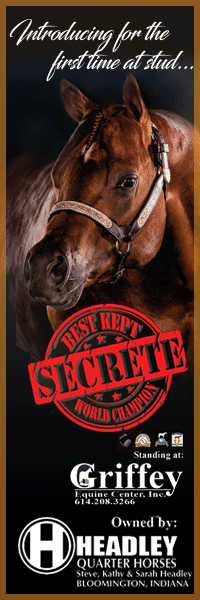Balanced Feet – The Key to Prevent Lameness
By Heather Smith Thomas
There is a lot of discussion among horse owners and farriers about hoof balance. For sound, healthy feet, balance is crucial, but the concept of balance is frequently misunderstood. Pat Reilly, Chief of Farriery Services, New Bolton Center (Pennsylvania) says we need more communication and research to adequately describe and measure what farriers are doing and what we are talking about. Much of the “knowledge” about feet and the mechanics of movement is derived from personal perception about what is going on with horses’ feet. Many of our basic precepts have not been proven scientifically. Reilly is doing research to shed more light on what actually happens regarding various aspects like hoof balance.
“Weight distribution on the horse’s foot is different when he is standing than when he is walking or trotting. With a rider on his back, it is different, and when working on one type of footing it’s different than on another,” he says. It’s also very different going uphill or downhill than when working on the flat.
“My least favorite word in farrier language is balance, because all these factors (footing, how fast the horse is going, what type of work the horse is doing, etc.) affect the concept of hoof balance. But because we can’t factor all of those things into it very readily, we tend to make it too simple,” he says.
“When preparing the foot, the farrier may want a horse to look good while he’s standing in the barn aisle or show ring, but this is not necessarily the goal for an athlete. You don’t want him just standing for the next 6 weeks!” You want that horse to be able to work and stay sound doing his job, and this may involve many more factors than what would be required for standing still, on a flat surface.
Dr. Tia Nelson (veterinarian/farrier in Helena, Montana) says conformation of each horse will determine proper hoof balance. Many horses are brought to her with serious lameness issues, and generally she just pulls off the shoes, trims the feet to balance, and then leaves that horse a few weeks barefoot. “At the end of that time we evaluate the feet again to see how that horse is doing,” she says. She learned the criteria for hoof balance by observing feral barefoot horses and the way they wear their feet.
She worked on a horse that was chronically and intermittently lame for several years. The horse blocked out with a PD block, but radiographs were all clean. “I shod him once a few years ago and he improved dramatically, but my services are expensive and the owner decided to get someone else to do it,” says Nelson. The horse became lame again and the owner brought him back to her.
“Many owners have an idea that shoeing horses is like changing oil in their car, and that anyone with four quarts of oil and an oil filter can do it. But shoeing is a technical art to get that foot where it needs to be, rather than putting appliances on the bottom of the foot,” she says.
“People are often surprised when I can get a problem horse completely sound, barefoot. They ask about egg bar shoes, wedge pads, etc. I tell them we can get that horse sound barefoot and then just put plain shoes on him,” says Nelson.
“To me, balance involves the physics definition: forces acting on a system are equal to one another, like a teeter-totter.” She feels people should start recognizing that the important thing is what we do to the foot, rather than what we put on it.
“Some people use special shoes to solve problems like chronic heel pain, which we used to call navicular syndrome. Most farriers and veterinarians are taught to use bar shoes, hoof supports, etc. but you can solve these problems without those aids. You can bring that foot back to balance to support the heel, and solve the vast majority of chronic heel-sore horses. What I am doing is not new. It’s as old as the horse itself.”










